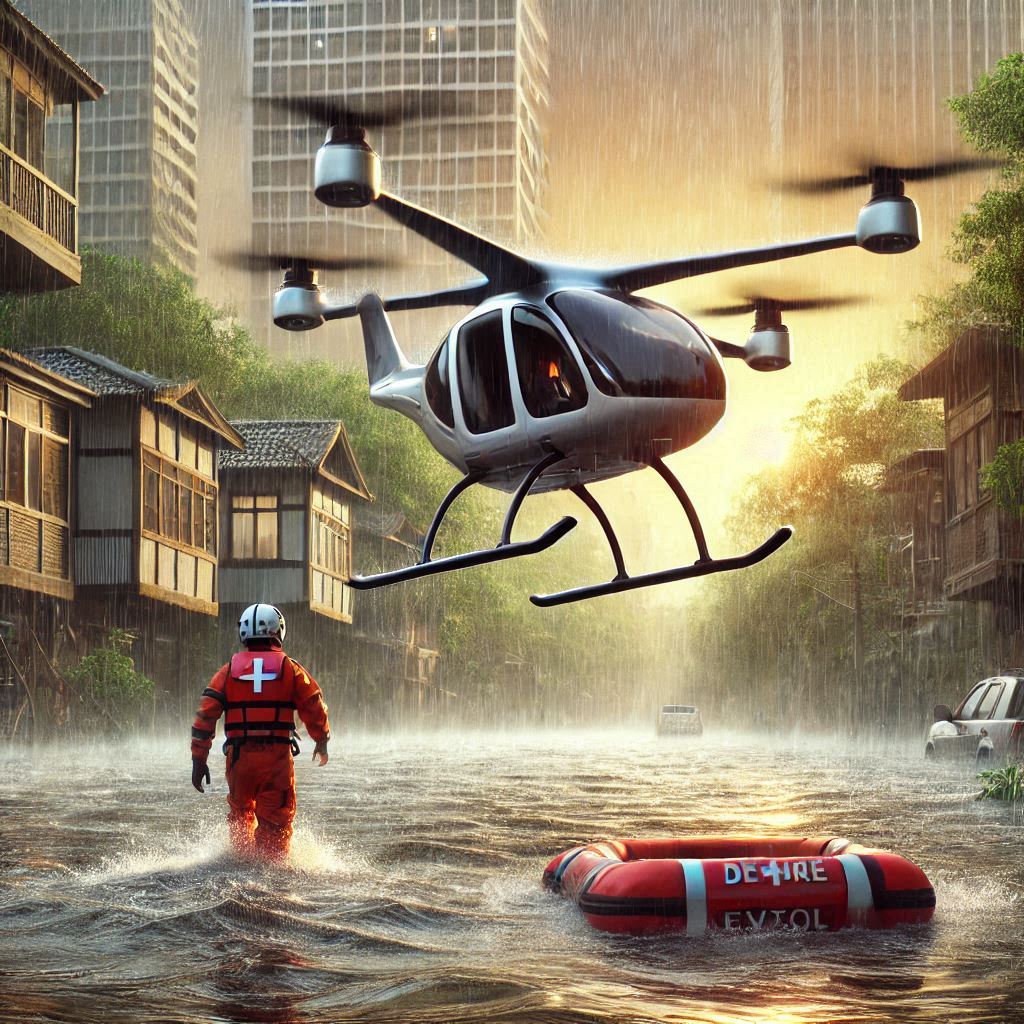
Emergency Response
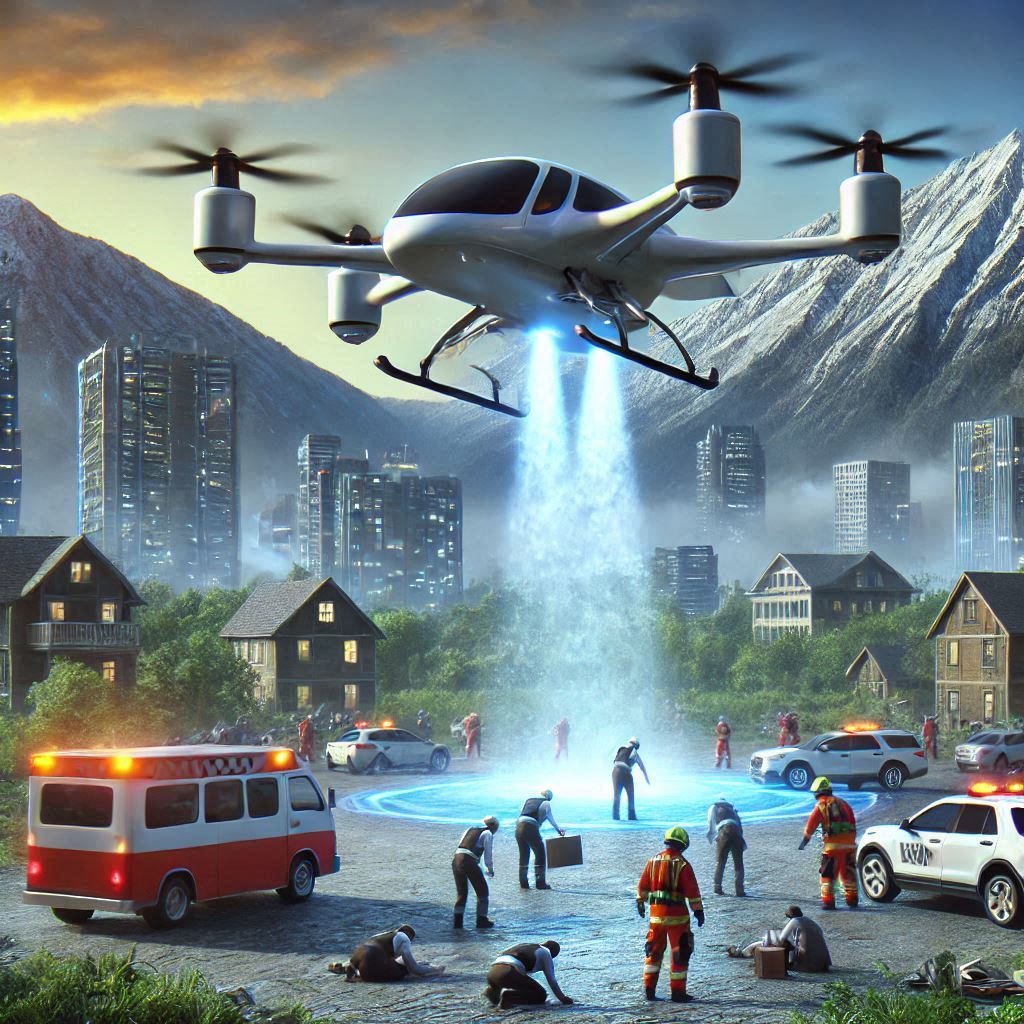
Disaster Relief
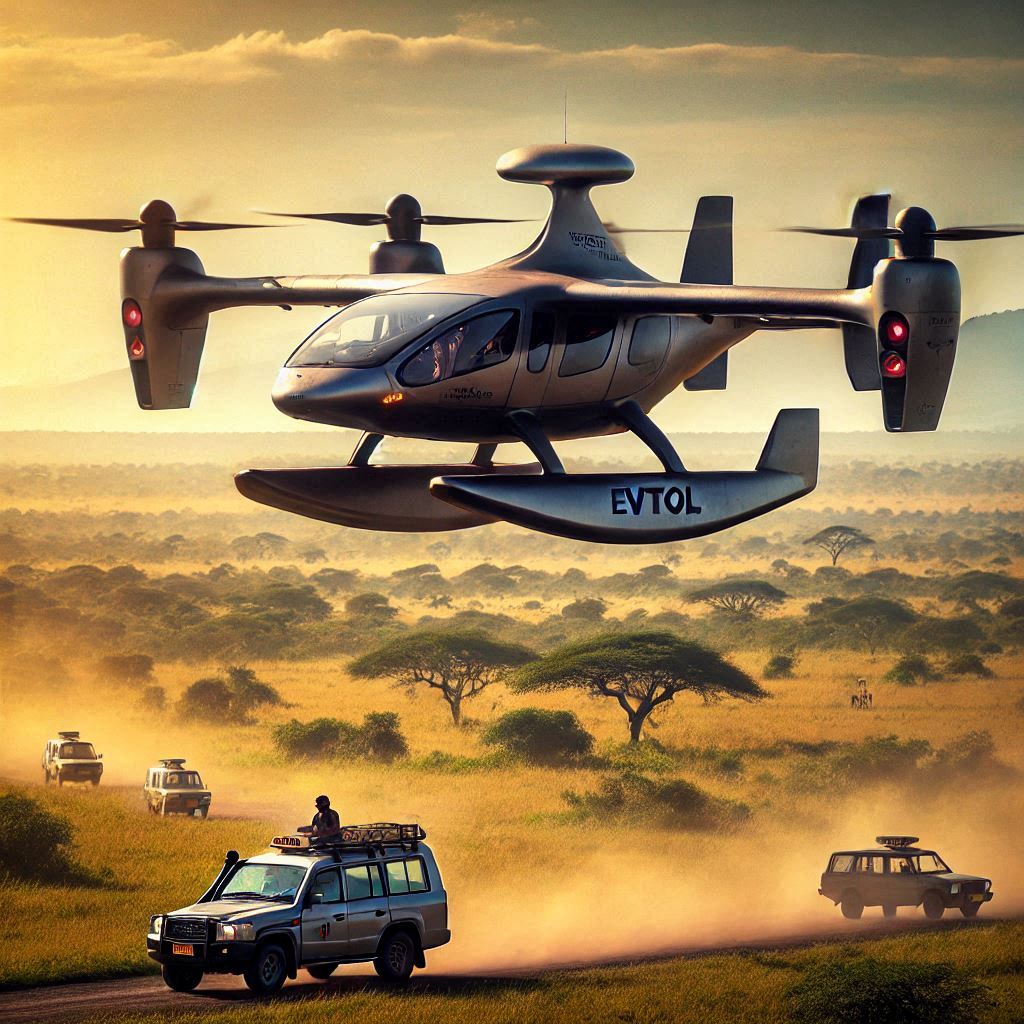
Tourism
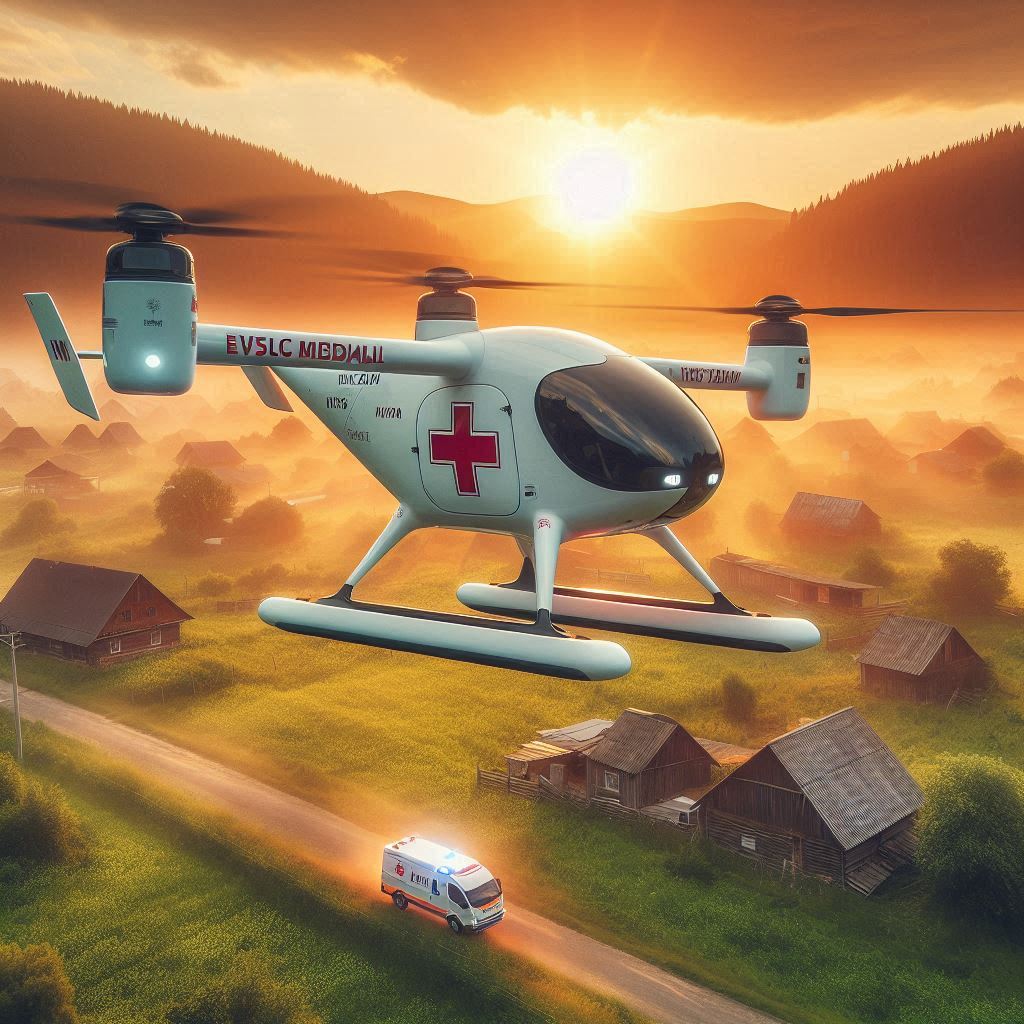
Medical Aid Transport
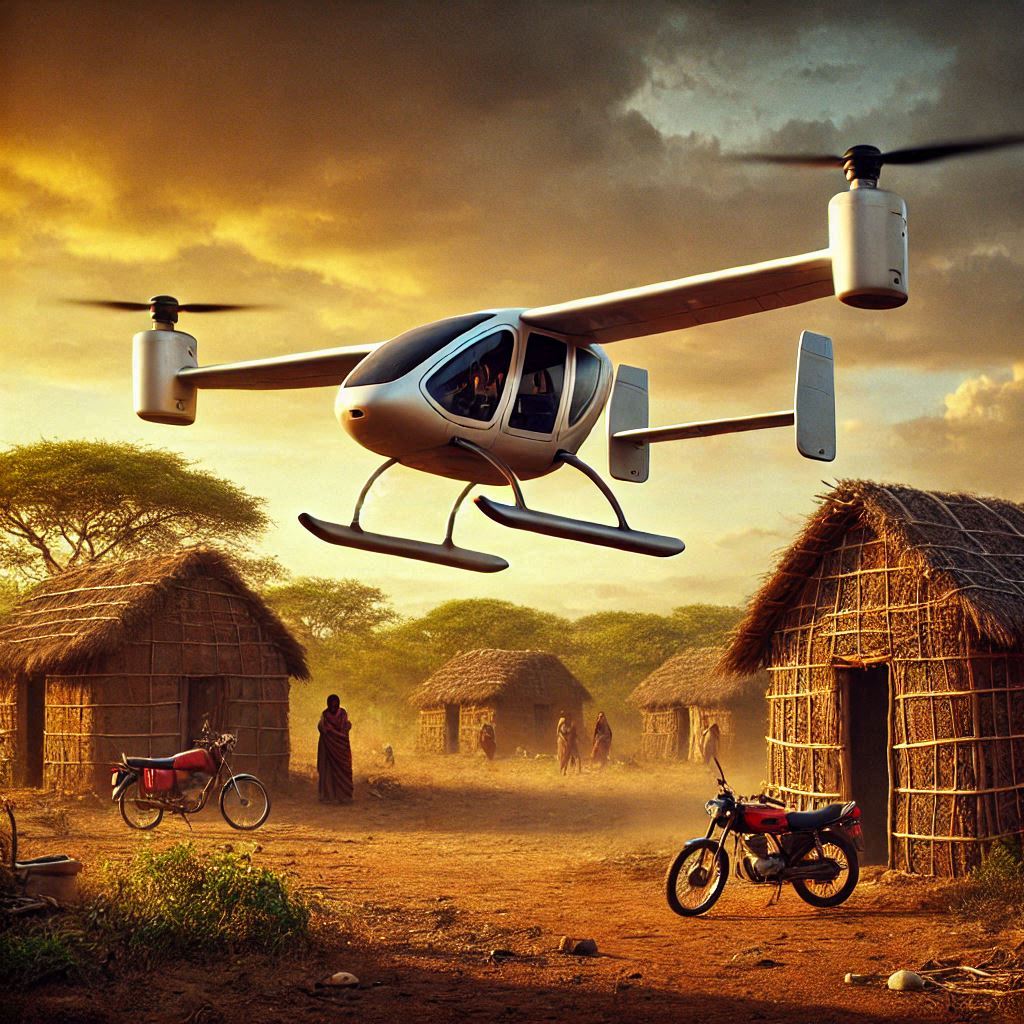
Access to Remote areas

The Future of Transportation.
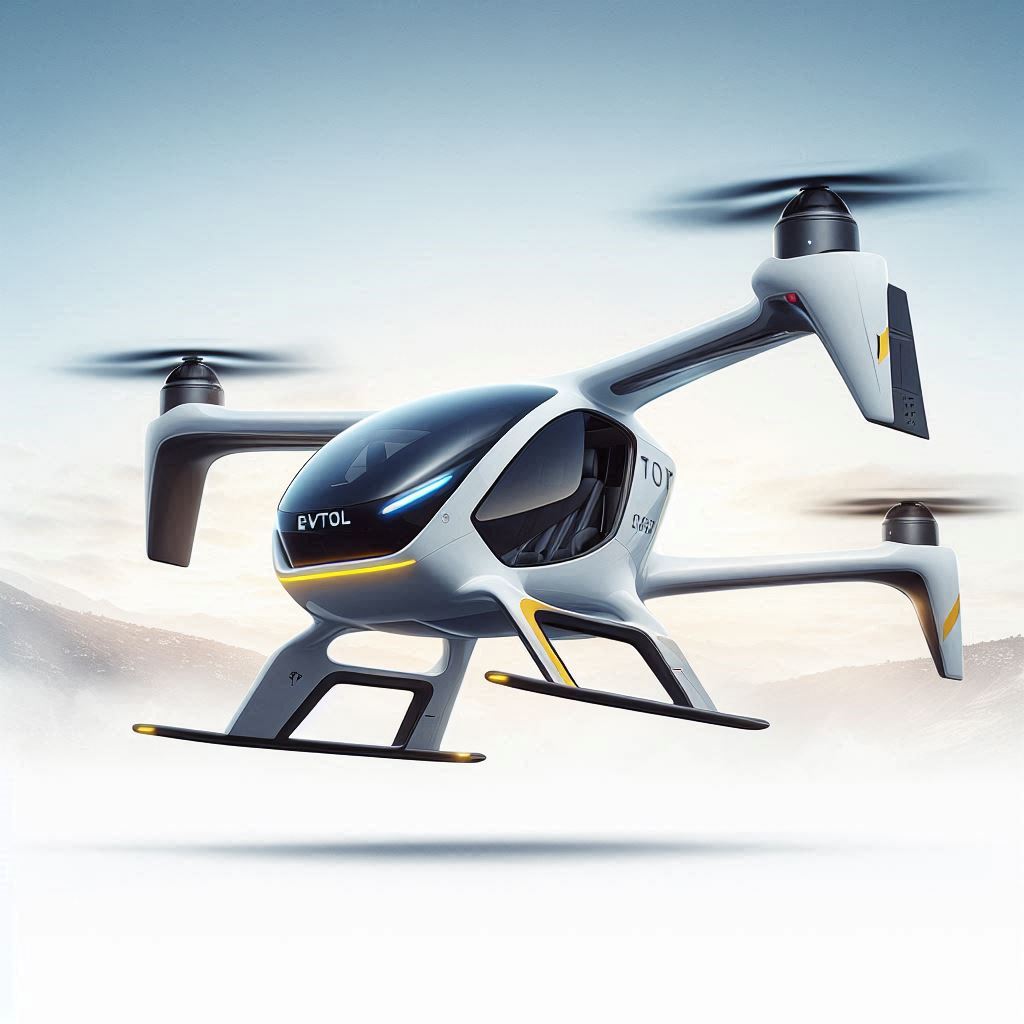
What is EVTOL Technology?
Electric Vertical Take-Off and Landing aircraft (eVTOLs) are innovative aircraft that use electric power to hover, take off and land vertically, much like helicopters. They are sometimes referred to as air taxis or flying taxis.
Here are some key points about eVTOL technology:
Electric Propulsion: eVTOLs are powered by batteries, making them greener and quieter compared to traditional aircraft.
Urban Air Mobility: They are designed to operate in urban environments, potentially reducing congestion on roads.
Advanced Air Mobility: Companies like Airbus, Boeing, Archer Aviation, Joby Aviation, Vertical Aerospace Volocopter and Lilium are developing eVTOLs for commercial use.
Future of Aviation: eVTOLs are seen as the future of aviation, with the potential to revolutionize air travel by providing faster and more efficient transportation.
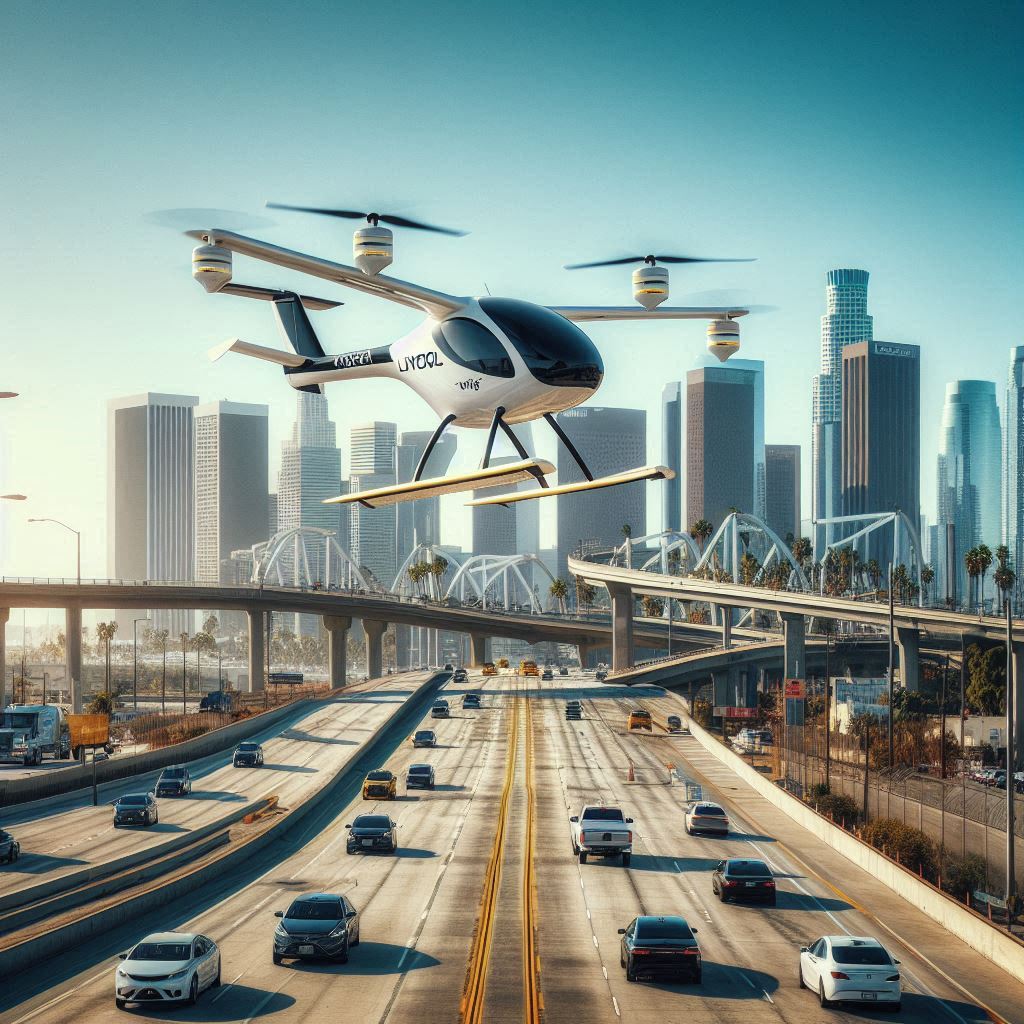
The growing need for sustainable urban transportation solutions stems from several pressing challenges.
1. Urban Congestion: As cities grow, traffic congestion becomes a significant issue leading to longer commute times and increased pollution.
2. Environmental Impact: Traditional transportation methods, especially those reliant on fossil fuels, contribute significantly to greenhouse gas emissions and air pollution.
3. Accessibility: Ensuring that all residents have access to efficient and affordable transportation is crucial for social equity and economic development.
4. Resource Efficiency: Sustainable transportation solutions aim to reduce the reliance on non-renewable resources and promote the use of clean energy.
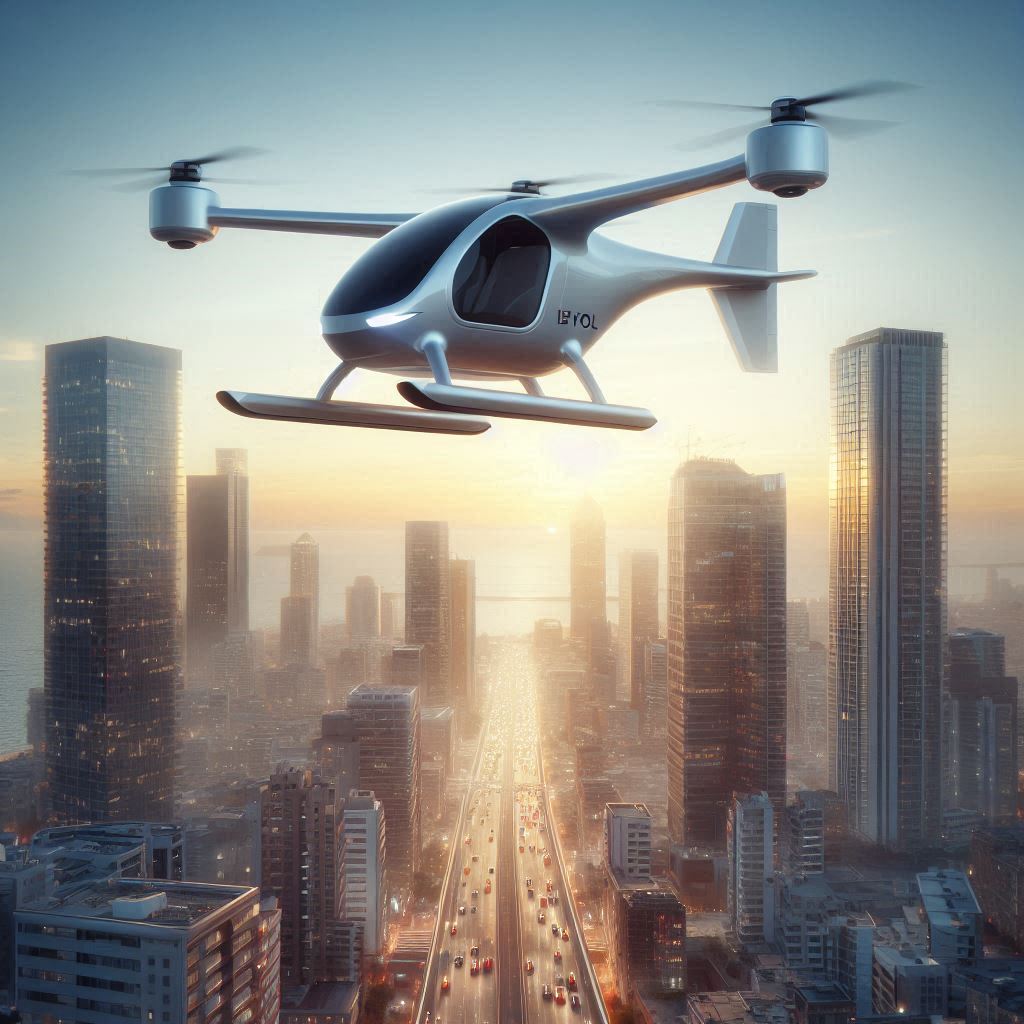
Air taxi or Flying taxi aircraft offer a promising solution to these challenges. Here's how they can make a difference:
1. Reduced Congestion: eVTOLs can bypass road traffic by flying directly to their destinations, significantly reducing travel time.
2. Environmental Benefits: Powered by electric motors, eVTOLs produce zero emissions during flight, contributing to cleaner air and lower carbon footprints.
3. Accessibility: eVTOLs can operate from smaller vertiports or even rooftops, making them accessible in densely populated urban areas.
4. Innovation: The integration of advanced technologies like autonomous systems and AI-driven traffic management can enhance safety and efficiency.
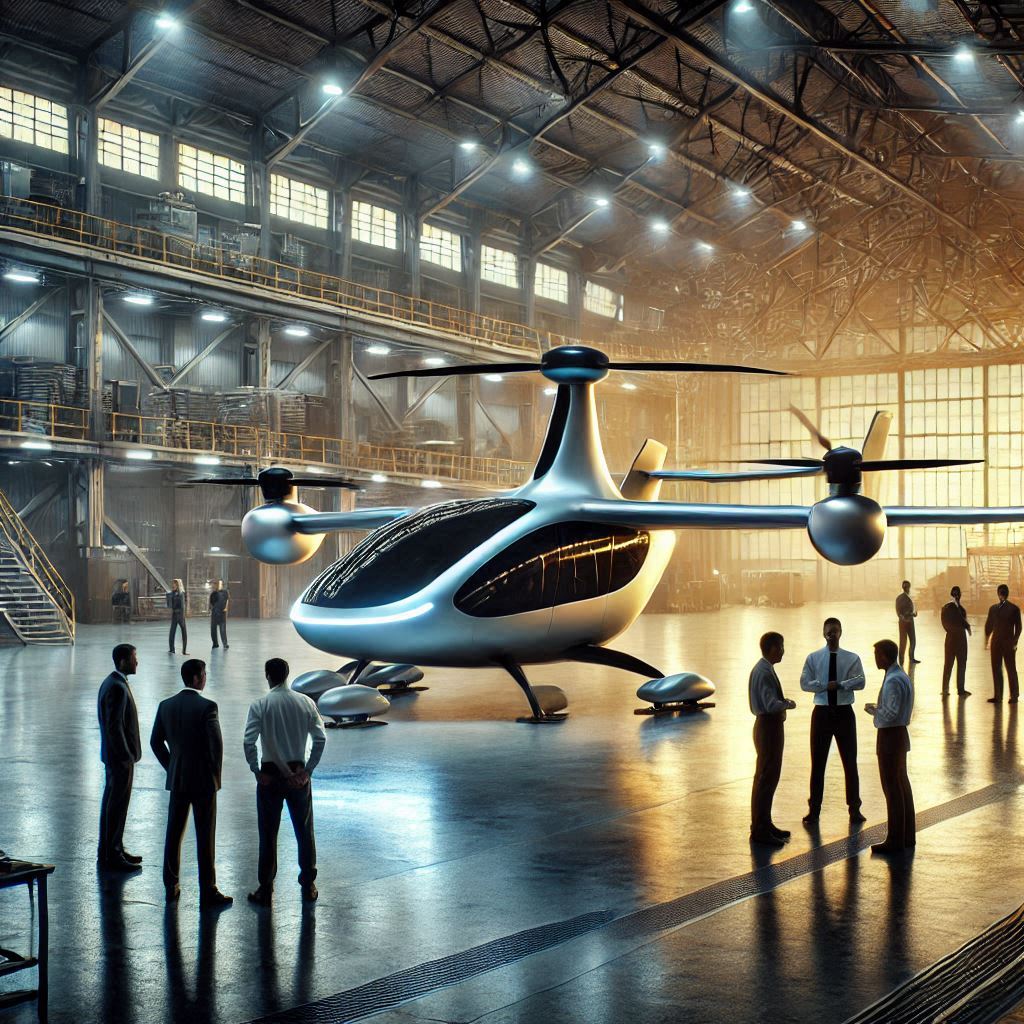
eVTOL aircraft come in various designs, each with unique features and technologies. Here are some of the main types:
1. Multicopter: These eVTOLs use multiple rotors (like drones) for vertical takeoff and landing. They are simple and efficient but have limited range due to higher energy consumption.
2. Lift & Cruise: This design combines vertical lift rotors for takeoff and landing with fixed wings for forward flight, offering better efficiency and longer range.
3. Tilt Rotor: These aircraft have rotors that can tilt from a vertical to a horizontal position, allowing for vertical takeoff and efficient forward flight.
4. Ducted Fan: These eVTOLs use enclosed fans for propulsion, which can reduce noise and improve efficiency.
5. Slowed Rotor Compound: This design features a main rotor that slows down during forward flight to reduce drag and noise.
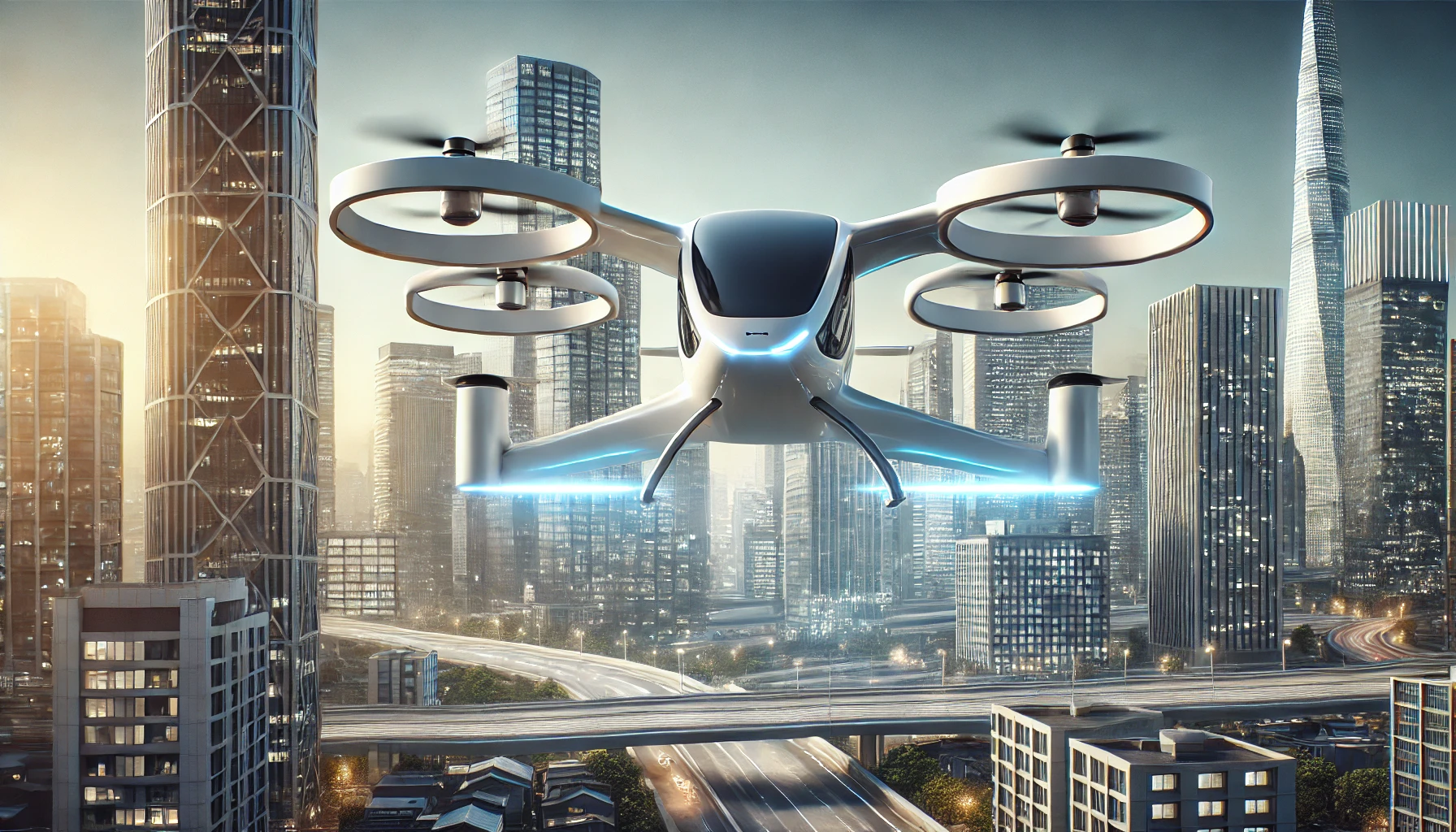
1. Electric Propulsion: eVTOLs use electric motors powered by batteries, making them quieter and more environmentally friendly than traditional combustion engines.
2. Battery Technology: Advances in battery technology are crucial for improving the range and efficiency of eVTOLs. Researchers are focusing on increasing energy density and reducing weight.
3. Autonomous Systems: Many eVTOLs are designed to be highly automated, using advanced avionics and artificial intelligence for navigation, obstacle avoidance, and autonomous flight.
4. Safety Features: Redundant systems and emergency landing capabilities are integrated to ensure reliability and safety.
5. Distributed Electric Propulsion (DEP): This system uses multiple smaller motors, enhancing redundancy and safety.
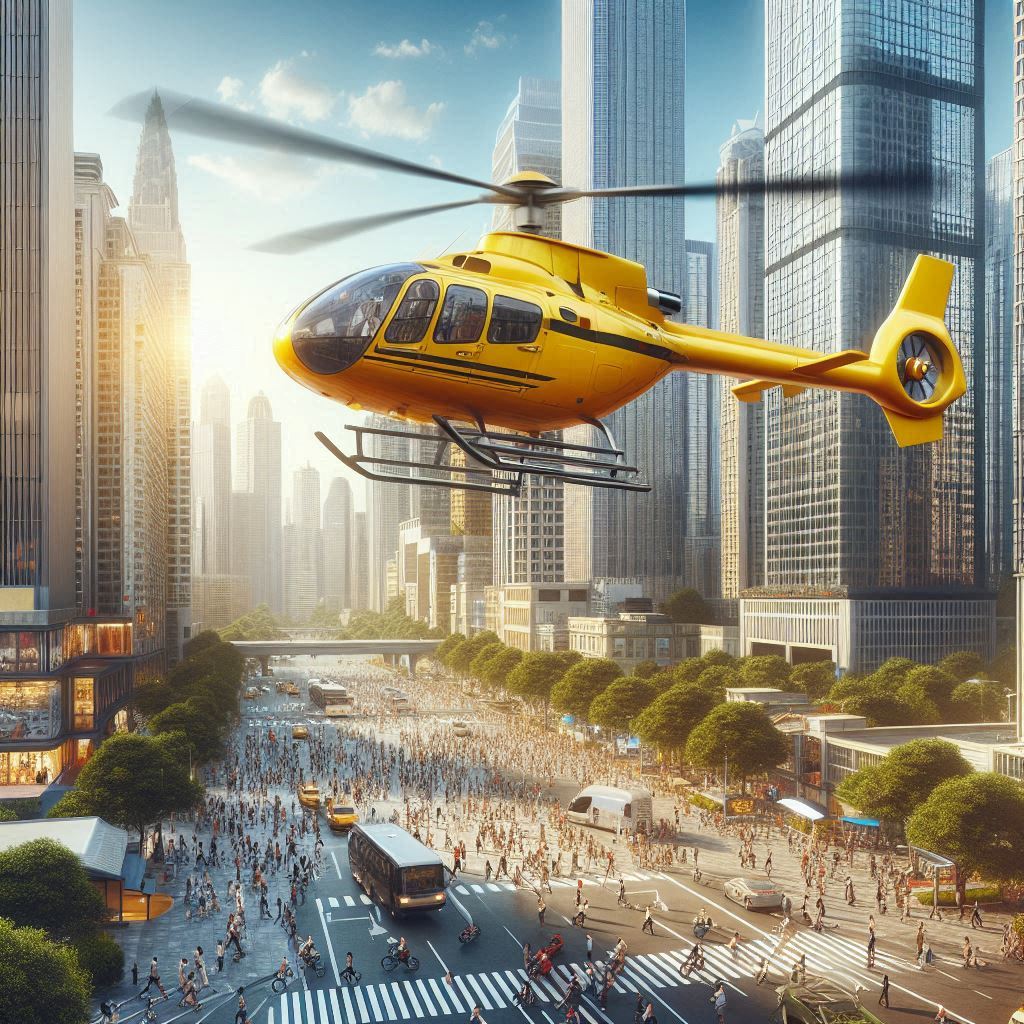
Here are some key features that distinguish eVTOLs from traditional helicopters:
1. Electric Propulsion: Unlike helicopters that typically use turbine or piston engines, eVTOLs are powered by electric motors, making them quieter and more environmentally friendly.
2. Multiple Propulsion Systems: eVTOLs often use multiple smaller rotors or fans distributed across the aircraft, providing redundancy and enhancing safety.
3. Energy Efficiency: eVTOLs are designed for improved energy efficiency, especially during hover and vertical flight, compared to traditional helicopters.
4. Advanced Automation: eVTOLs frequently incorporate advanced autonomous systems for navigation and control, potentially reducing the need for a highly skilled pilot.
Overall, eVTOLs represent a convergence of advanced technologies and innovative design, offering a promising solution for the future of urban transportation.
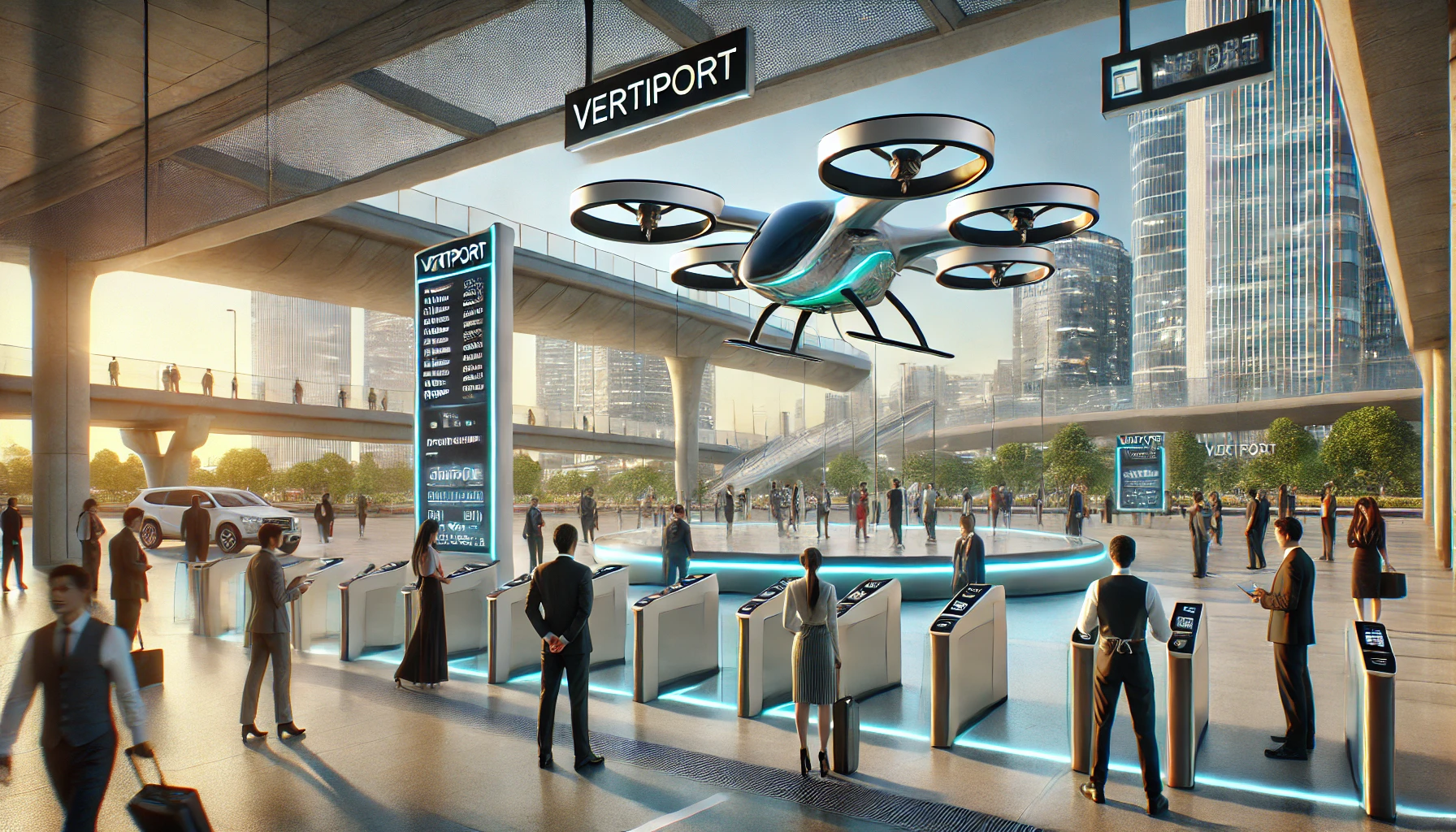
Urban Air Mobility (UAM) is a transformative concept that envisions a future where air transportation is seamlessly integrated into urban environments. The goal is to improve mobility, reduce congestion, and create more efficient and sustainable transportation systems. Here are some key aspects of UAM:
1. eVTOL Aircraft: UAM relies heavily on electric Vertical Take-Off and Landing (eVTOL) aircraft, which can hover, take off, and land vertically, making them ideal for urban settings.
2. Vertiports: These are specialized takeoff and landing zones for eVTOLs, which can be located on rooftops, parking structures, or dedicated areas within cities.
3. Advanced Air Traffic Management: To ensure safe and efficient operations, UAM requires sophisticated air traffic management systems, often incorporating AI and autonomous technologies.
4. Accessibility and Convenience: UAM aims to provide quick and easy access to air transportation, reducing travel time and offering an alternative to traditional ground-based transportation.
5. Sustainability: By using electric propulsion, UAM reduces emissions and noise pollution, contributing to cleaner and quieter urban environments.
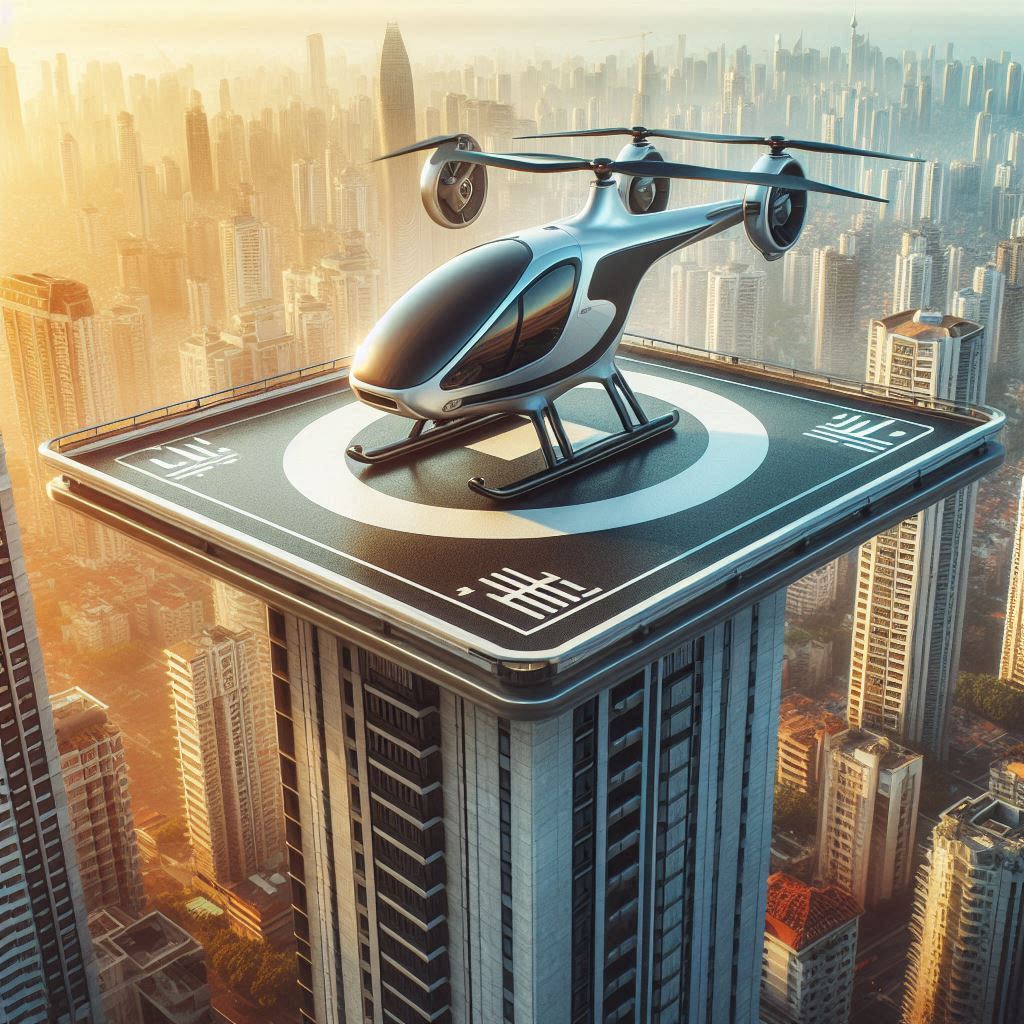
Reduced Congestion: UAM can help alleviate traffic congestion on city streets by providing an alternative mode of transportation.
Faster Travel: eVTOLs can bypass road traffic, offering shorter and more predictable travel times.
Environmental Impact: With zero emissions during flight, eVTOLs contribute to cleaner air and lower carbon footprints.
Enhanced Connectivity: UAM can improve connectivity between different parts of a city and even extend to suburban and rural areas, making it easier to access urban centers.
No need for runways: Take off and landings are quick and easy and could even be carried out on high rise building roof tops.
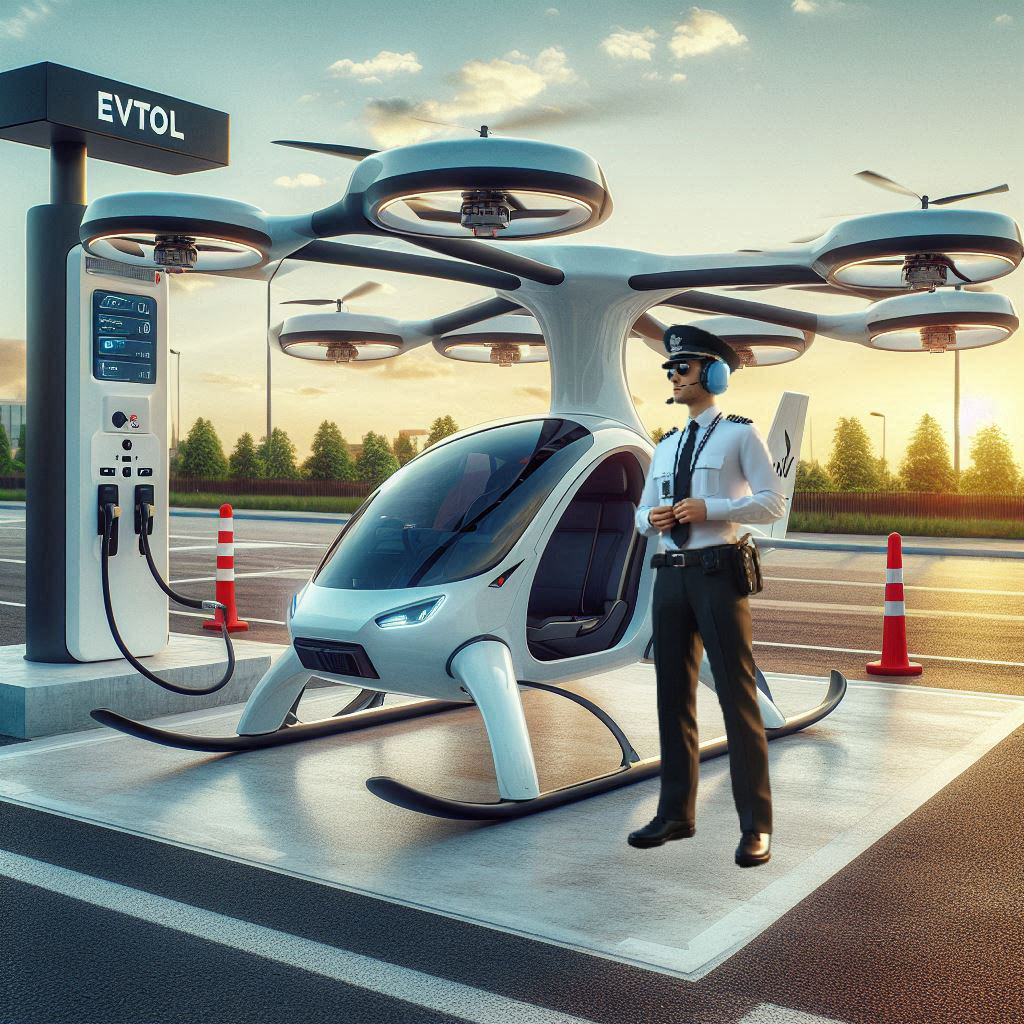
Both the Federal Aviation Administration (FAA) and the European Union Aviation Safety Agency (EASA) have been making significant strides in regulating powered lift aircraft, such as eVTOLs.
These efforts by both agencies are crucial for ensuring the safe and efficient integration of powered lift aircraft into the aviation system, paving the way for the future of urban air mobility.
This includes rules for the qualifications and training that instructors and pilots must have to fly powered lift aircraft. This rule addresses operational requirements, including minimum safe altitudes and visibility.
Pilot programs and test flights are crucial for advancing the technology and demonstrating the feasibility of eVTOLs for commercial use. They provide valuable data on performance, safety, and operational efficiency, helping to shape the future of urban air mobility.
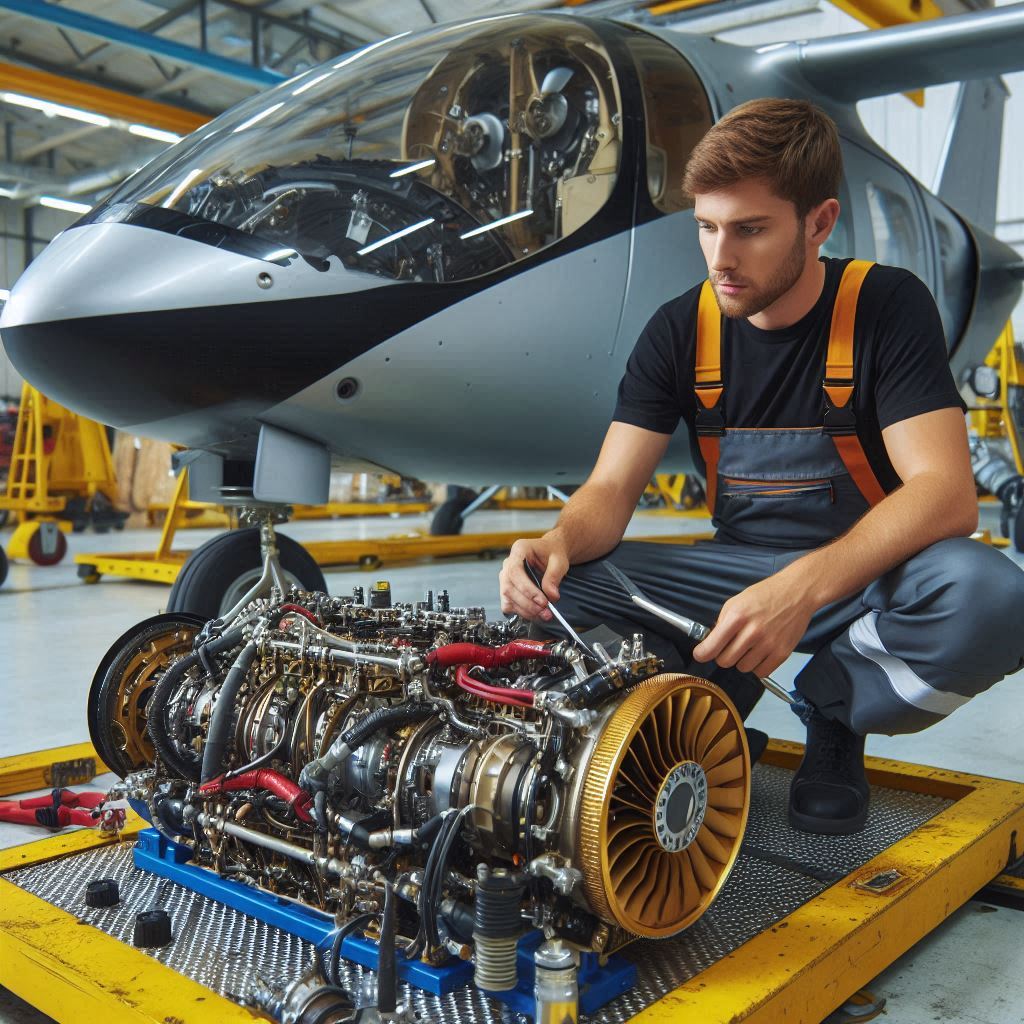
Flying Taxi aircraft offer several safety advantages over traditional airplanes and helicopters.
1. Redundancy and Reliability: They typically feature multiple electric motors and propellers, providing redundancy in case of motor failure. This means that even if one motor fails, the aircraft can still safely land, unlike helicopters which rely on fewer rotors.
2. Lower Noise Levels: They are designed to operate quietly, with noise levels significantly lower than helicopters. This reduces the risk of noise-induced stress for passengers and minimizes noise pollution in urban areas.
3. Advanced Automation: Many incorporate advanced automation and autonomous systems, which can enhance safety by reducing human error and providing precise control during takeoff, flight and landing.
4. Advanced design: Often have modern, aerodynamic designs that improve stability and control, making them safer to operate in various weather conditions and reducing the risk of accidents.
5. Safety Protocols: Manufacturers and operators follow stringent safety protocols and regulations to ensure the highest standards of safety for passengers and crew.

Collaborations between aerospace companies and urban planners are crucial for the successful integration of powered lift aircraft, such as eVTOLs, into urban environments.
Collaboration focuses on creating the infrastructure necessary to support and scale electric and sustainable aircraft, including eVTOL air taxis.
OEMs are working closely with urban planners to identify suitable locations for vertiports and charging stations to ensure that their air taxis can seamlessly integrate into urban transportation networks.
Software solutions leaders, are collaborating with aerospace companies to address the technological challenges of eVTOLs, such as reliability, safety, and security.
Vertiports need to be strategically located to minimize disruption and maximize accessibility. Engaging with local communities is essential to address concerns and gather feedback on the implementation of eVTOL services. This helps build public trust and acceptance of new transportation solutions.

Significant investments have been made in eVTOL development and planning, reflecting the growing interest and potential of this technology.
United States: The U.S. is a major player in eVTOL development, with companies like Joby Aviation, Archer Aviation, and Wisk Aero receiving substantial investments. For example, Joby Aviation has partnered with Uber and received significant backing to integrate eVTOL services into its platform.
United Kingdom: The UK government has set an ambitious goal to create a £45 billion ($57 billion) industry by 2030 through its "Future of Flight" action plan. This plan includes piloted flying taxi flights by 2026 and regular services by 2028.
Germany: Germany is home to companies like Lilium, which has received nearly $1.34 billion in investments. Lilium is working towards a global commercial launch by 2026 and has secured a $1 billion deal with Brazilian airline Azul.
China: China is rapidly advancing in the eVTOL sector, with companies like EHang leading the way. The Chinese government is heavily investing in urban air mobility infrastructure and regulatory frameworks.
Japan: Japan is making significant strides in eVTOL development, with clear targets for commercial eVTOL services to be operational by the 2025 World Expo in Osaka.






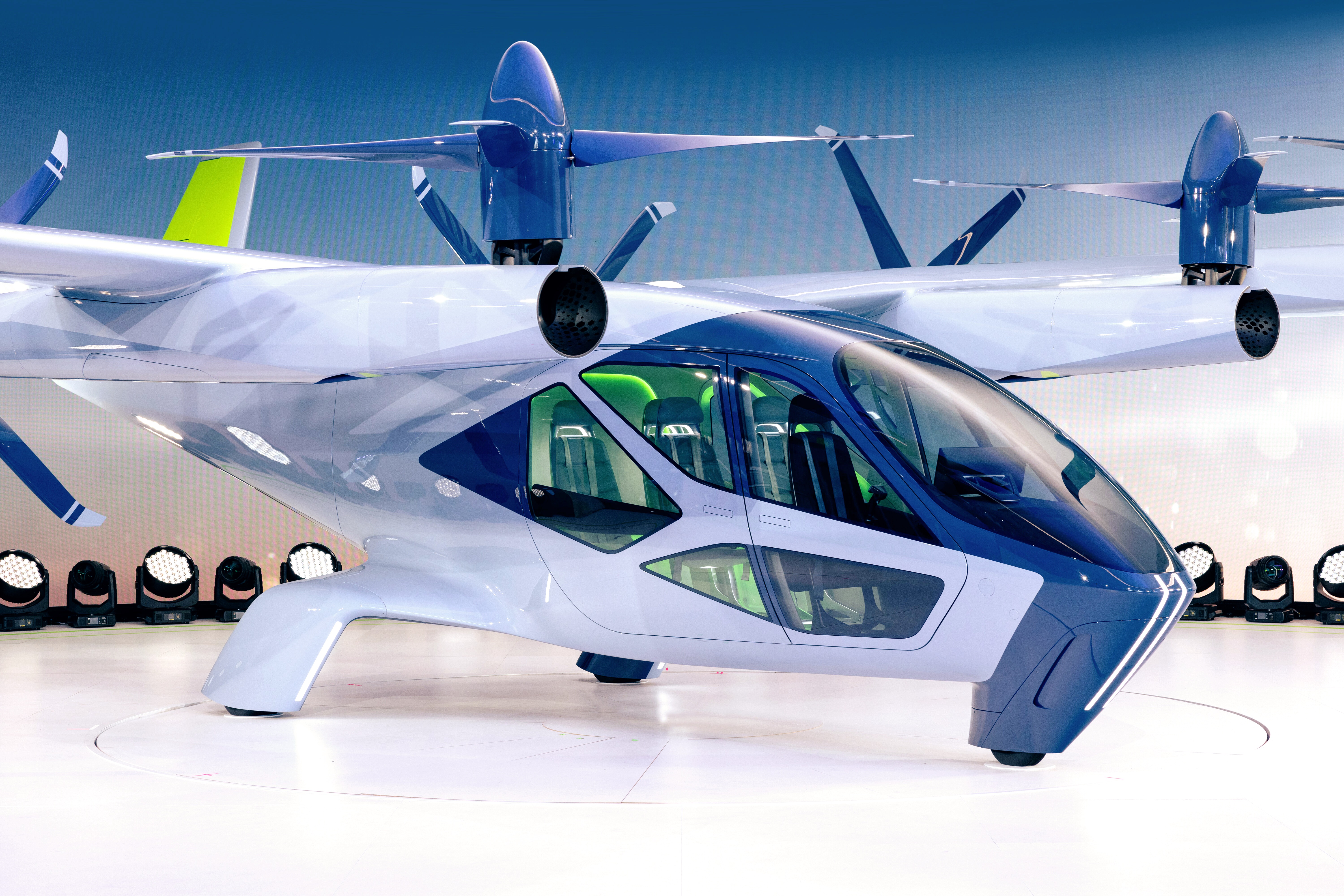
1. Reduced Congestion: By taking transportation to the skies, eVTOLs can alleviate road traffic congestion, offering quicker commute options and freeing up space on the ground..
2. Faster Travel: eVTOLs can bypass traffic and take the most direct route to their destinations, drastically reducing travel times, especially in densely populated urban areas.
3. Environmental Impact: With electric propulsion, eVTOLs produce zero emissions during flight, contributing to cleaner air and reducing the carbon footprint of urban transportation.
4. Accessibility: eVTOLs can provide new transportation options for hard-to-reach areas, improving connectivity within cities and between urban and suburban regions.
Powered Lift technology is set to revolutionize urban air mobility, making transportation more efficient, sustainable, and accessible. As cities continue to grow and evolve, the integration of eVTOLs into urban infrastructure will play a crucial role in shaping the future of transportation, offering a new dimension of mobility that was once the stuff of science fiction.